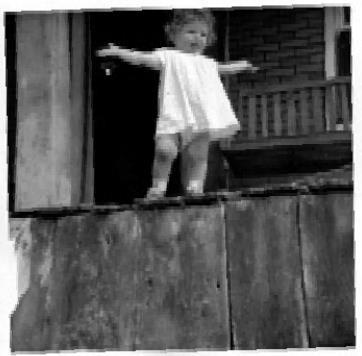A Culinary Legacy
During my early morning scroll through Instagram, I spotted an 1980s vintage cookbook that I have on my shelf. Someone had bought the cookbook at a garage sale and had found that it contained copious notes handwritten by the original owner. I am not so lucky. Evidently the previous owner of my copy either did not really use it, or did not practice making notations on recipes. I am inclined to
think it is the former, because looking closely at the book, there are no grease splatters or food stains of any kind of the pages indicating that it laid open on the counter as someone followed a recipe. She did not write her name inside and there are no signs of use at all, unlike some of the other books I have that came from this same person. The only way I know for sure that it came from her is that it still has the faint smell of cigarette smoke. Some of the other books from her have ragged covers and food-stained pages, but still no handwritten notations, so I suppose both of my theories are true of this book.
I have been an avid cook since I was about nine years old. Cooking is yet another self-sufficiency skill, and it also serves as a window to other worlds such as international cultures, historic periods, or other socioeconomic strata. I have always enjoyed cookbooks and cooking magazines—I even enjoy the recipes on the backs of food packages. I have a small cookbook collection which I refer to regularly, and I often use the internet to find recipes. I like that I can list some ingredients as search terms and find ideas of what to make with what I have on hand. Last week I searched “chicken breasts and pasta no soup” and found a great one-pot chicken and penne recipe that did not use a canned cream-of-something soup.
If I like a recipe the first time around, I will print it out, mark the page if it was in a book or a magazine, or cut it out from the food package it was on and put it in a small stack of phone books and other papers on my kitchen counter. If it gets made several times, it goes in The Black Book. The Black Book is a Moleskine recipe book I bought several years ago. I have gradually been writing the favorite recipes in the book. Sometimes they are copied from a recipe card in one of the recipe tins I have, sometimes they are directions for something I have either made up on my own or learned from someone else—like my Granny’s cornbread dressing and chicken and dumplings—and sometimes they are cookbook, magazine, or internet recipes that have become family favorites. As I have told my husband and children, if it is in The Black Book, it is a good one.
This morning’s look through cookbooks and recipes has me thinking about the ephemeral nature of how we do things nowadays. I have hand-written recipes from many of my relatives who are now gone and hand-annotated cookbooks from cooks I never even knew in real life, but I feel connected to them through their recipes. What are we leaving of ourselves when we look up recipes online and maybe “pin” our favorites? We can’t rely on spills and stains on our tablet and phone screens to show future generations which were the best recipes. I just glanced over at the cookbook I started this column with and realized the title of it is “Lone Star Legacy,” and here I am talking about how we are failing to leave a culinary legacy.
I feel a series coming on, I think. What are your legacy dishes or recipes that you hope to pass down? Which have you inherited from your family? I am feeling a sudden urge to get out my mother’s recipe for cream puffs and recreate a bit of my childhood. SpringCreekArtsGuild@gmail.com

